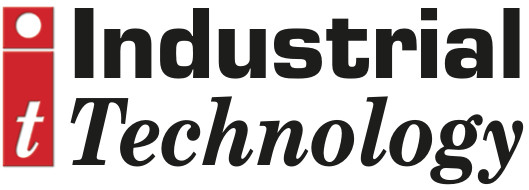
Posted to News on 28th Feb 2025, 13:00
Protecting equipment: a customer focus for enclosure design
Chris Lloyd, Spelsberg UK Managing Director, explains the comprehensive process behind developing the right enclosure for any given application arguing that there's more to enclosure selection than providing a rugged housing alone.

When an OEM is designing a machine or system, making considerations about the housing of electrical equipment is crucial to ensure adequate protection. Likewise for an end user or electrical installer, securing sensitive devices or electrical supplies from the elements, impacts, and intrusion, is fundamental. Yet to achieve this, the enclosure designer must think beyond just ensuring a durable, impermeable container.
Providing the right enclosure certainly demands the basis of a highly robust unit, engineered to high levels of resilience. However, the optimum enclosure for the application requires the consideration of multiple factors, and these must always be centred around the needs of the customer and those using the equipment. This means that the first essential step is a thorough analysis of the challenge before an enclosure can be specified.
First, we investigate what the equipment to be protected aims to achieve, and who will be in contact or have interaction with it. This ascertains the balance between the safety and protection of users, alongside accessibility for those who need it. Then we move to the needs of the equipment to be housed, considering the level of protection and security it requires, and how long it needs to last.
The location of installation is crucial and informs decisions on IP and IK (impact) rating, and even fire protection. Again, protection must be balanced alongside points of access and potential vulnerabilities, such as cable entry points or keypads. Linked to this, we also need to understand implications surrounding installation, such as weight or fixing points.
Considering the array of applications that industrial enclosures could be required to protect, and the variety of responses to the initial specification criteria, customisation is frequently required. Even though enclosure manufacturers like Spelsberg have an expansive and flexible range, developed over years of engagement with customers across a multitude of uses, the capability to create a bespoke housing remains essential to many customers.
Enclosures manufactured from industrial plastic may have knock-out holes to allow tool-free adaption, but a CNC service can achieve specific entry and exit points for cables, or allow other points of access, such as control interfaces. Customisation could also involve wider services such as printing, whether for branding or safety information.
A basis for development
While customisation is a logical extension of the philosophy to keep the customer's application requirements central to the development of an enclosure, any bespoke work must be applied to a housing design that has already undergone rigorous development.
While Spelsberg have been developing enclosures for more than 120 years, the latest design innovations have provided some of the most advanced enclosure features. From condensation-free boxes, through to junction boxes that can provide critical power in case of a fire for 90 minutes, close cooperation with the customer has led to a range of important features.
Since the development of Spelsberg's first plastic enclosure in the 1900s, the company still relies on a tried-and-tested approach to materials selection, today using polycarbonate as one of the choices for housings. Extremely strong and impermeable, the material enables rapid customisation. Moreover, its light weight is advantageous for many applications and makes for an easier installation.
Turn-key service
The focus on providing a complete solution to the customer, partnering with them from specification through to installation and use of the enclosure in the field, means retaining accountability. While in-house services in customisation can achieve a completed enclosure, additional services including assembly can provide a completed unit. This means that if required, all electrical components can be installed, and wiring connected, ready for installation at the host location.
The advantage of a turn-key service, where all adaptations are provided by a single supplier, makes the supply of the enclosure as a completed project much more streamlined for the customer. Along with easier management, partnering with a single supplier can also achieve a faster project completion time, and enables any issues to be rapidly resolved.
Beyond the enclosure
For repeat orders, procuring an industrial enclosure from an online search or catalogue could be a fast and practical approach. However, for new projects or specific installations, it's often faster in the long-run to engage the input of an enclosure engineering service.
With a customer-centric philosophy, and a relationship for each project that focusses on the demands of the application throughout, the right enclosure can be realised. Spelsberg is 121 years old this year, and this same approach has been practiced since the very origins of the company.
Unit 1B Queensway Business Park
Hadley Park West
TF1 6AL
UNITED KINGDOM
+44 (0)1952 605849







